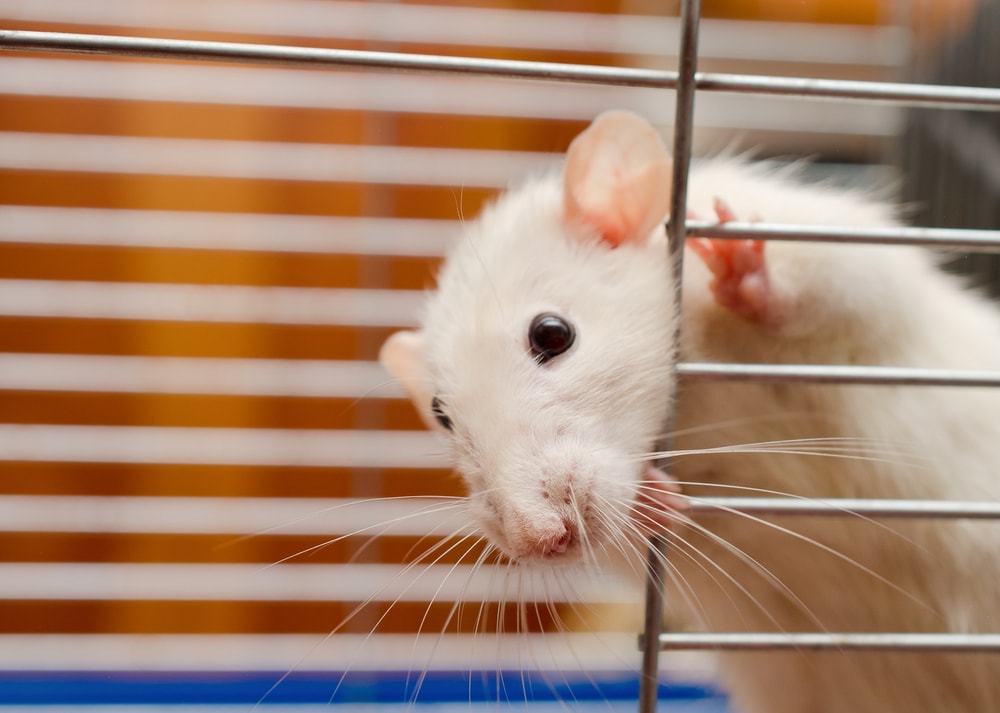Automated Rodent Safety Reports: A Closer Look Ahead
Share
Automated rodent safety reports are increasingly becoming integral in maintaining public health and safety. As urbanization continues to encroach into natural habitats, the probability of human-rodent interactions rises exponentially. Understanding and addressing this issue requires a proactive approach, where automation plays a pivotal role.
These automated systems not only help in generating detailed analytics regarding pest activity but also streamline the management processes involved. The use of automated solutions ensures real-time monitoring and instant alerts, which are crucial for effective pest control strategies.

How Automation Innovates Rodent Management
The automation in rodent safety reporting leverages advanced technologies like AI and IoT. Smart traps are equipped with sensors to detect the presence and movement of rodents, sending immediate notifications to facility managers. Insights derived from pest safety techniques highlight the efficiency of these smart systems in food storage facilities, where hygiene is paramount.
Automated rodent safety reports significantly cut down on labor costs and time spent on regular manual checks. As an example, the use of smart traps integrated with automated systems facilitates the immediate dispatch of alerts, allowing for timely interventions without human oversight.
Technology at the Heart of Rodent Safety Reports
Integrating technology into traditional pest management frameworks aids in the collection of vast amounts of data. Technologies like AI decipher these data sets to predict trends and potential infestations. A report by Food Safety Magazine outlines the importance of predictive analytics in foreseeing rodent behavior, which can substantially mitigate infestation risks.
The proactive identification of threats ensures that control measures can be executed before any significant issues arise, offering an ingenious way of maintaining public health and operational integrity.

The Impact of Automated Solutions on Public Health
Implementation of automated systems in rodent control not only assures improved sanitary conditions but also enhances public confidence in businesses like restaurants, supermarkets, and food processing units. This is particularly significant in areas where food safety regulations are stringent.
External insights available from warehouse rodent control highlight how automation aids in aligning with compliance mandates efficiently. Automated reports ensure regulatory standards are met consistently, avoiding potential fines and shutdowns.
Revolutionizing Industry Practices
Adopting automated rodent safety reports represents a shift in industry practices towards smarter, more sustainable solutions. By minimizing the exposure of employees to harmful chemicals previously used in pest control, firms enhance workplace safety.
The integration of these automated systems into warehouses and industries outlines a future where all operations are monitored digitally, ensuring a cleaner, safer environment for everyone involved.
Frequently Asked Questions
- What are automated rodent safety reports?
- How do they benefit public health?
- Can they integrate with existing systems?
They are digital analyses generated by automated systems that monitor and report rodent activity, ensuring timely intervention and safety across different facilities.
By ensuring proactive and timely action against rodent infestations, these reports help maintain sanitation standards, protecting public health and safety.
Yes, most automated rodent safety systems are designed to seamlessly integrate with existing pest control frameworks, enhancing overall efficiency without heavy overhauls.
This article contains affiliate links. We may earn a commission at no extra cost to you.
